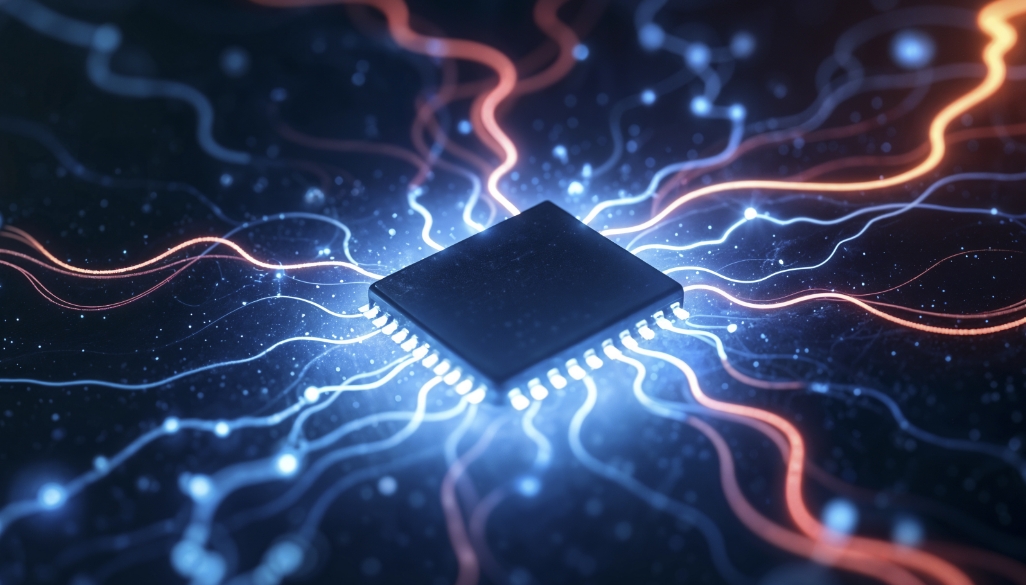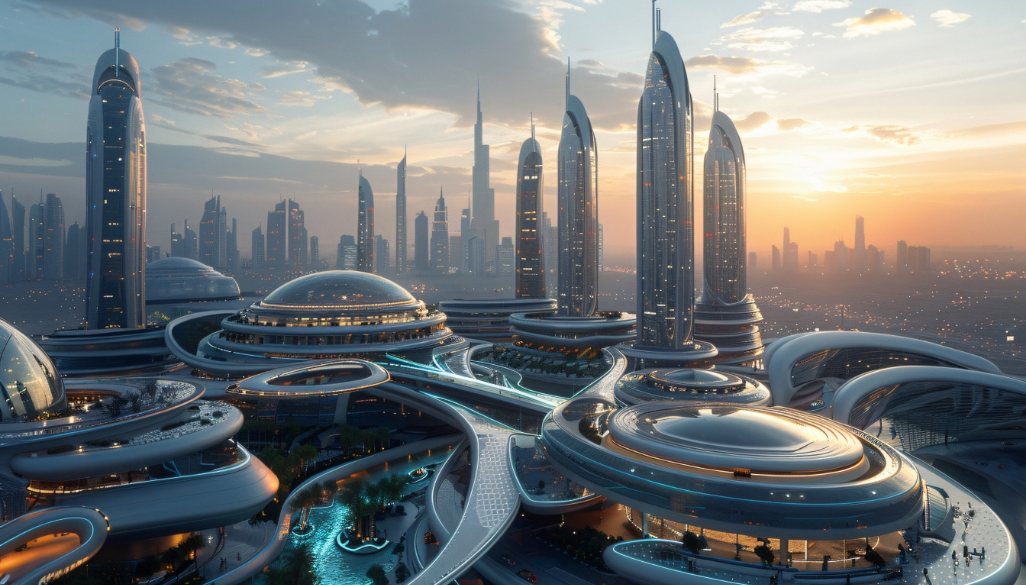Future Tech: Innovations That Seem Like Sci-Fi

The gap between science fiction and reality is shrinking at breakneck speed. Technologies that once seemed confined to the realms of blockbuster films or visionary novels are now being actively developed - and in some cases, already in use. Here’s a closer look at some of the most extraordinary innovations that are transforming the way we live, work and think.
Holographic Communication
Imagine hosting a meeting with colleagues from across the globe without anyone boarding a plane - yet still speaking to them face-to-face in life-sized, 3D form. This is no longer a distant dream. Canadian start-up ARHT Media has pioneered “HoloPresence” technology, already used at conferences and live events. Meanwhile, US-based PORTL Inc. has designed a booth-like device capable of transmitting real-time holograms anywhere in the world, creating a truly immersive communication experience.
By 2030: What to Expect
🚀 Holographic Meetings at Work
Corporate video calls will be replaced by full-size holographic conferencing, making remote work feel truly face-to-face.
Mind-Controlled Devices
Brain-computer interfaces are pushing the boundaries of human-machine interaction. Neuralink, founded by Elon Musk, is developing implantable brain chips that could help people with paralysis operate computers and smartphones using only their thoughts. For those who prefer a non-invasive approach, NextMind, now part of Snap Inc., has created wearable headsets that allow users to control digital devices via brain signals - a breakthrough that could redefine accessibility and convenience.
By 2030: What to Expect
🧠 Mind-Controlled Everyday Tech
Thought-powered smart homes and wearable devices will become mainstream, enhancing accessibility for all.

Shape-Shifting Architecture
Buildings that adapt to their environment might sound like science fiction, but they are becoming a reality. Inspired by the work of architect Chuck Hoberman, the Al Bahar Towers in Abu Dhabi feature a responsive façade that opens and closes depending on sunlight intensity, reducing heat and glare while conserving energy. Future projects may see homes and offices that physically alter their structure according to the weather, time of day or even the needs of the occupants.
By 2030: What to Expect
🏢 Shape-Shifting Homes
Adaptive architecture will adjust room layouts, lighting and ventilation automatically for comfort and energy savings.
Self-Healing Materials
Self-repairing technology could change everything from road maintenance to consumer electronics. At the University of Cambridge, researchers have created concrete infused with special bacteria that activates when cracks appear, filling them in naturally and extending the lifespan of the material. Electronics giant LG has also experimented with phone screen coatings that can heal minor scratches, potentially putting an end to the need for costly repairs.
By 2030: What to Expect
🛠️ Roads That Fix Themselves
Self-healing concrete will slash road maintenance costs, with bacteria-based repair tech embedded in motorways.
Quantum Computing for All
Quantum computing harnesses the strange laws of quantum physics to process information at speeds unthinkable for traditional computers. In 2019, Google’s Sycamore quantum processor achieved “quantum supremacy” by completing a complex calculation in 200 seconds - something that would have taken a supercomputer thousands of years. IBM and Rigetti Computing are also developing accessible quantum platforms, offering businesses the ability to run simulations and solve problems previously thought impossible.
By 2030: What to Expect
💻 Quantum in Your Pocket
Portable quantum processors will power advanced AI assistants and solve problems far beyond today’s computing limits.
Digital Immortality
The idea of preserving your mind in digital form might seem like the plot of a dystopian drama, but companies are already making it possible. HereAfter AI creates conversational avatars from interviews and recordings, allowing people to “speak” to loved ones long after they’re gone. Academic research projects, such as those at MIT Media Lab, are exploring ways to capture memories, personality traits and even decision-making patterns, raising profound questions about identity and legacy.
By 2030: What to Expect
👤 Your Digital Twin
People will maintain interactive AI versions of themselves - from business leaders delegating virtual tasks to families preserving memories for generations.

From thought-powered gadgets to buildings that adapt like living organisms, these innovations are more than futuristic fantasies, they are under development today. The world we see on cinema screens is increasingly becoming the world outside our windows, and as these technologies mature, the extraordinary may soon become ordinary!










